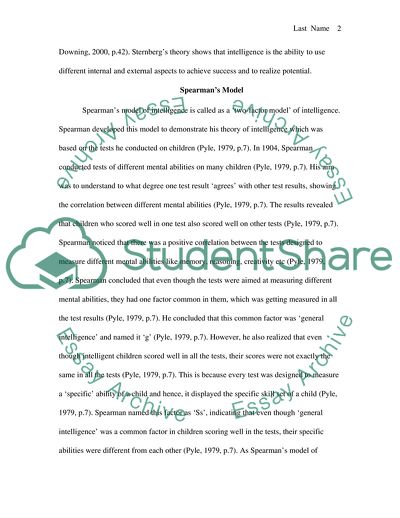Cite this document
(Galtons Definition of Intelligence, Sternbergs Model, and Spearmans Term Paper - 1, n.d.)
Galtons Definition of Intelligence, Sternbergs Model, and Spearmans Term Paper - 1. https://studentshare.org/psychology/1748189-aspects-of-psychology-unit4
Galtons Definition of Intelligence, Sternbergs Model, and Spearmans Term Paper - 1. https://studentshare.org/psychology/1748189-aspects-of-psychology-unit4
(Galtons Definition of Intelligence, Sternbergs Model, and Spearmans Term Paper - 1)
Galtons Definition of Intelligence, Sternbergs Model, and Spearmans Term Paper - 1. https://studentshare.org/psychology/1748189-aspects-of-psychology-unit4.
Galtons Definition of Intelligence, Sternbergs Model, and Spearmans Term Paper - 1. https://studentshare.org/psychology/1748189-aspects-of-psychology-unit4.
“Galtons Definition of Intelligence, Sternbergs Model, and Spearmans Term Paper - 1”. https://studentshare.org/psychology/1748189-aspects-of-psychology-unit4.


